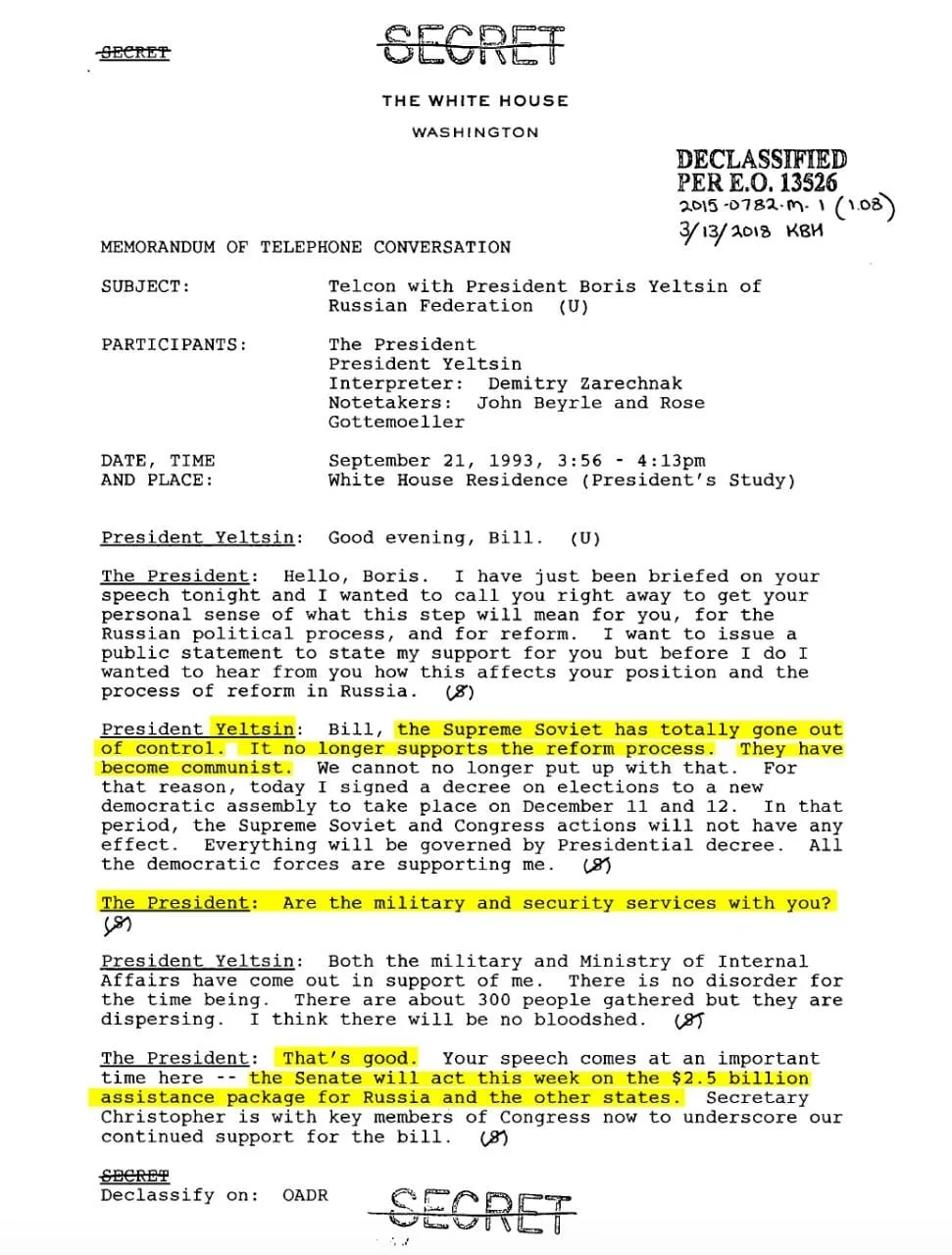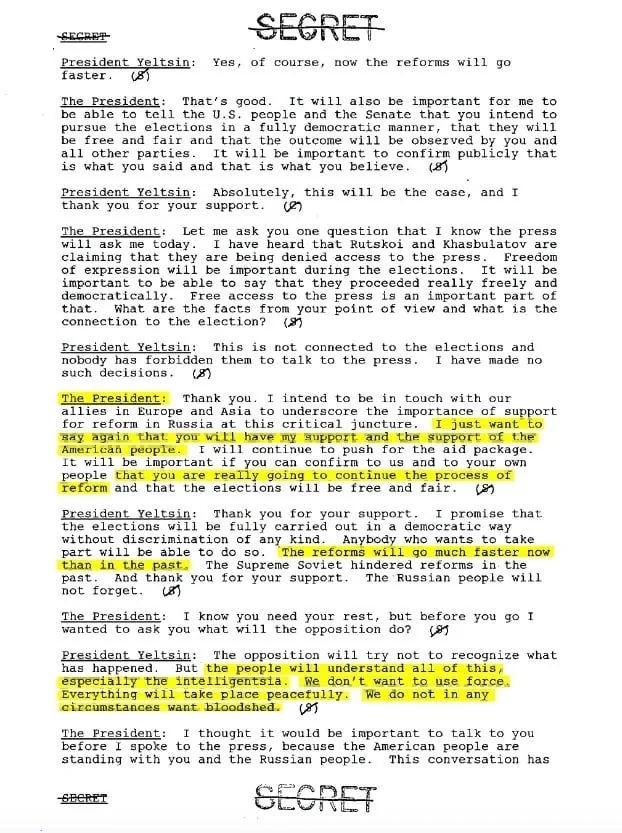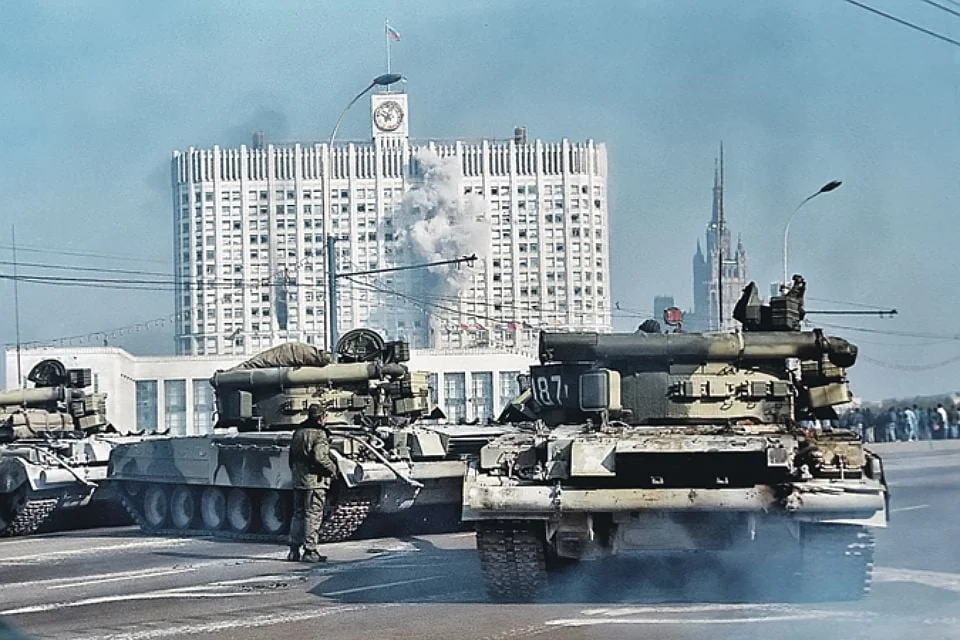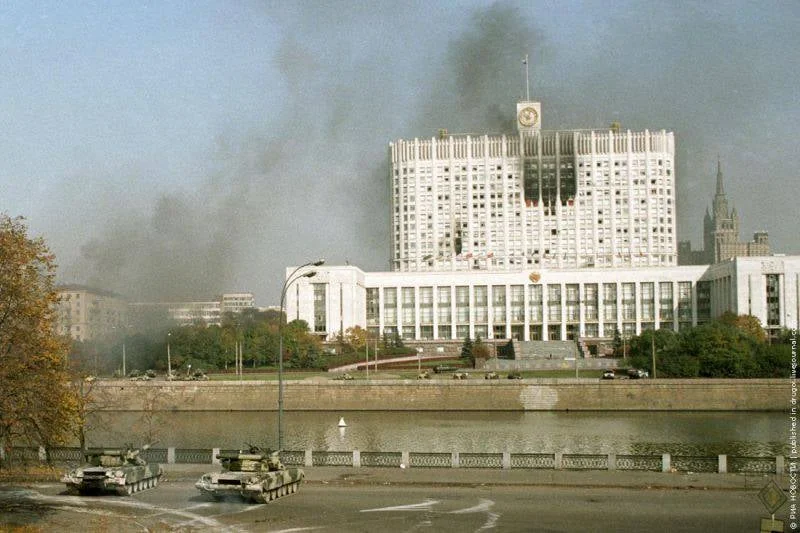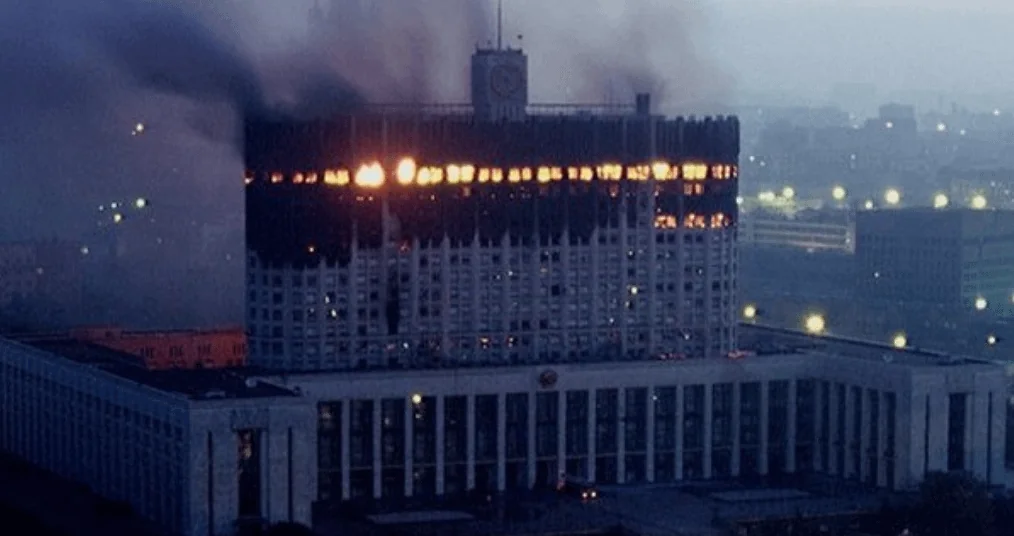For many centuries, however, Yemen remained outside the cultural and economic development established by Islam. In the 15th century, the territory of today’s Yemen began to gain strategic value. In their desire for commercial expansion, the European rulers began the domination of territories throughout the planet. The first European conquerors to arrive in the region came from Portugal. They dominated the country in order to control the sea route, which allowed them to trade spices from Asia to Europe through the Red Sea.
In the 16th century, the Ottoman empire, whose capital was Constantinople (now Istanbul), began its conquest with the occupation of places on the Red Sea coast, while the interior of the country and the southern coast remained independent, governed by an imam. Shortly after, the English made their appearance in the area, installing a post of the East India Company in the port of Mokha on the Red Sea.
In the 19th century, the British expanded their presence by occupying the entire southwestern tip of current Yemen, settling in Aden in 1839 — the best seaport in the region. At the same time, in 1872, the Ottoman Turks managed to consolidate their dominance in the interior of the country, for which they installed de facto a hereditary monarchy in the name of a local imam. This division effectively split Yemen into two countries.
Around 1870, with the inauguration of the Suez Canal and the consolidation of Turkish rule over northern Yemen, Aden acquired new importance for British global strategy: It was the key to the Red Sea and, therefore, to the new canal.
At the beginning of the 20th century, Türkiye and Britain marked a border between the territories they controlled, which became known as North Yemen and South Yemen, respectively. In 1934, British imperialism secured control of the entire south of the country, up to the border with Oman.
During World War I, the Imam of Yemen allied with the Ottoman Empire and remained loyal to it until the end of the war, when the defeat of the Turks allowed Yemen to regain its independence in November 1918. However, Britain, after recognizing the independence of Yemen in 1928, converted Aden into a protectorate and in 1937 into a colony.
Once again, the Yemenis had to resort to an armed struggle for independence. In 1940 the nationalist movement Free Yemen emerged to fight against the control of the country by the imams, who had allied themselves with Britain.
The fighting took separate paths in the north and south. In 1962, the Yemen Arab Republic was created in the north. In the south, the National Liberation Front, created in 1963, took over Aden in 1967 and proclaimed its independence, declaring a socialist revolution.

